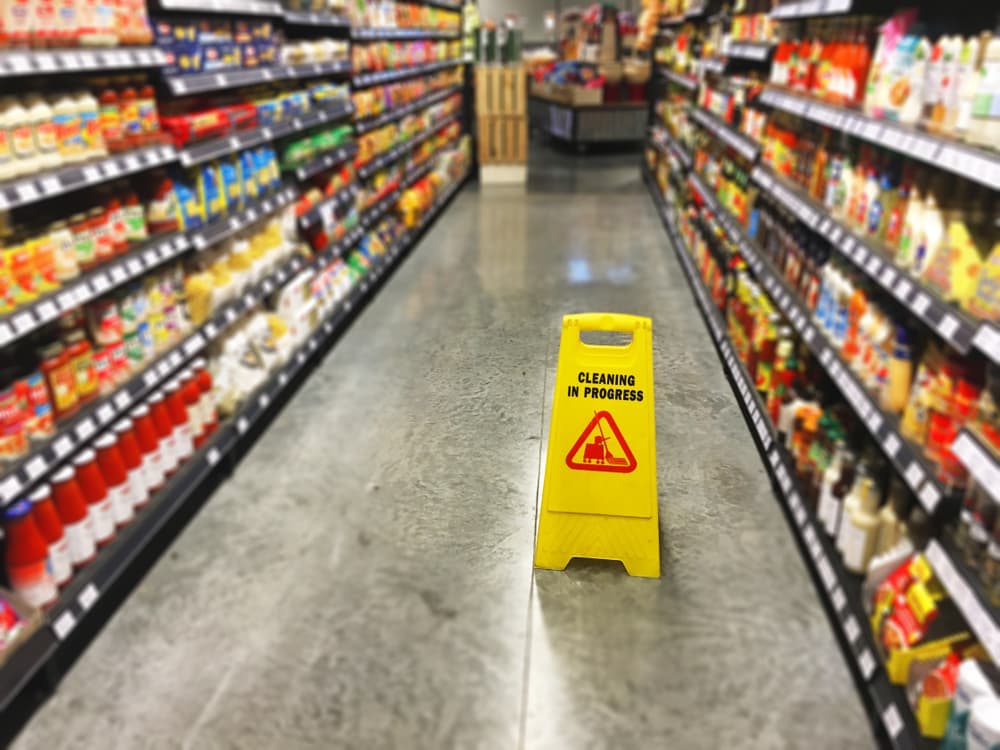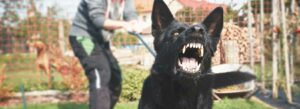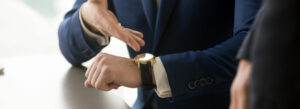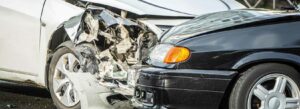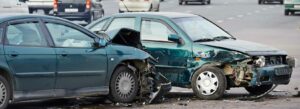A premises liability attorney can help injured visitors hold negligent property owners accountable when unsafe conditions lead to accidents. Property owners have a duty to maintain safe environments, and when they fail, they can be legally responsible for injuries on their premises.
Whether it’s a slip on a wet floor at a Miami grocery store, a trip over broken pavement at an Atlanta apartment complex, or a fall down unlit stairs at a Nashville restaurant, victims may have valid legal claims.
At Calvin Smith Law, we represent injured visitors throughout Georgia, Florida, and Tennessee. Our attorneys hold property owners and their insurance companies accountable when they attempt to avoid responsibility for unsafe conditions.
We know how to prove when property owners fail to uphold their duty of care. Call (404) 842-0999 today to schedule a free consultation about your premises injury case.
Key Takeaways About What to Do After You Are Injured on Another Person’s Premises
- The level of care property owners owe depends on visitor status, with business invitees receiving the most protection and trespassers the least.
- The level of care property owners owe depends on visitor status, with business invitees receiving the most protection and trespassers the least.
- Notice requirements vary by property type. Commercial leases may require written notice within days, while government property claims may allow several months.
- Insurance companies often argue you caused your own injury through carelessness, making witness statements and surveillance footage particularly valuable.
- Medical treatment creates the foundation for premises liability claims, as gaps in care allow property owners to minimize injury severity.
Common Hazardous Property Conditions in Premises Liability Cases
Property dangers take many forms, each requiring different evidence to prove owner negligence. Understanding common hazards helps identify liability and strengthen your premises liability claim.
How a Premises Liability Attorney Proves Slip and Fall Liability.

Property owners must regularly inspect for and promptly clean liquid hazards. When they fail to follow reasonable inspection schedules or ignore known dangers, liability attaches. Evidence of how long spills existed before your accident proves vital to establishing negligence.
Recently mopped or waxed floors without warning signs are especially dangerous. Property owners who clean floors during business hours must provide adequate warning through signs, cones, or barriers. Failure to warn of these known hazards establishes clear liability.
Trip and Fall Hazards and Proving Negligence
Uneven surfaces, broken pavement, and unexpected elevation changes cause serious trip and fall injuries. These hazards often develop gradually, giving property owners plenty of time to identify and fix them. Common trip hazards that create liability include:
- Cracked or raised sidewalk sections outside businesses
- Torn or bunched carpeting in hotels and offices
- Broken stairs or missing handrails in apartment buildings
- Potholes or damaged pavement in parking lots
- Unmarked elevation changes between rooms or areas
Long-standing defects prove easier to establish liability for since property owners had constructive notice through reasonable inspection opportunities. Property maintenance standards vary by jurisdiction, but regular inspection remains a consistent requirement.
Inadequate Security Leading to Injuries
Property owners in high-crime areas must provide reasonable security measures to protect visitors from foreseeable criminal acts. Broken gates, inadequate lighting, and absent security personnel create conditions where criminal attacks become foreseeable. Calvin Smith Law handles these security negligence cases throughout Georgia, Florida, and Tennessee.
Parking garages, apartment complexes, and late-night businesses face particular scrutiny for security measures. Prior criminal activity on the property establishes foreseeability, making subsequent attacks the legal responsibility of negligent property owners. Documentation of previous incidents, police reports, and crime statistics all support inadequate security claims.
Understanding Visitor Status in Premises Liability
Your legal status when injured on another’s property determines the level of care owed by property owners. Different categories receive varying protection levels under premises liability law. The American Bar Association notes that premises liability law varies significantly by state but generally follows similar visitor classification principles.
Business Invitees and Customer Rights
Customers, patrons, and other business invitees receive the highest level of protection under premises liability law. Property owners must regularly inspect for hazards, promptly repair dangers, and warn of conditions they cannot immediately fix. This duty extends to all areas where customers are reasonably expected to go.
Retail stores, restaurants, hotels, and entertainment venues all owe this highest duty to their customers. The economic benefit property owners receive from invitees creates corresponding responsibilities for safety. Violations of building codes, industry standards, or internal safety policies strengthen invitee injury claims.
Rights of Social Guests and Licensees
Social guests at private homes and other licensees receive less protection than business invitees but still have significant rights. Property owners must warn of known hidden dangers and avoid willfully injuring licensees. They don’t have the same inspection duties owed to business invitees.
Apartment complex common areas often blur the line between invitee and licensee status. Tenants and their guests may qualify as invitees in areas like lobbies, laundry rooms, and parking lots where landlords derive economic benefit. This classification affects the level of care owed and available compensation.
Trespasser Limitations and Exceptions
Trespassers generally receive minimal protection, with property owners only prohibited from willfully injuring them. However, significant exceptions exist for child trespassers under attractive nuisance doctrines. Property owners with conditions likely to attract children, like pools or playground equipment, owe higher duties even to trespassing minors.
Discovered trespassers also receive enhanced protection once property owners become aware of their presence. Failure to warn known trespassers of hidden dangers or actively created hazards may create liability despite their unauthorized status.
Proving Property Owner Negligence
Successful premises liability claims require establishing four key elements that demonstrate property owner responsibility for your injuries.
Establishing Duty of Care in Premises Liability

Proof of why you were on the property helps establish your visitor status. Receipts, appointment confirmations, and invitation evidence all help prove you were lawfully present with the owner’s consent. This lawful presence triggers the property owner’s duty to protect you from unreasonable dangers.
Demonstrating Breach of Duty by Property Owners
Property owners breach their duty when they fail to meet reasonable safety standards for visitor protection. This includes failure to inspect, repair, or warn of dangerous conditions. Industry standards, building codes, and internal policies help establish what reasonable care requires.
Prior similar incidents demonstrate property owners knew their premises posed dangers yet failed to implement adequate safety measures. Previous slip and falls in the same location, repeated complaints about hazards, or inspection reports noting deficiencies all prove breach of duty. Corporate policies requiring specific inspection intervals or maintenance procedures become powerful evidence when violated.
How a Premises Liability Attorney Connects Injuries to Unsafe Conditions
Medical documentation must clearly link your injuries to the property hazard rather than preexisting conditions or subsequent incidents. Emergency room records describing the mechanism of injury, diagnostic imaging showing acute trauma, and physician opinions connecting injuries to your fall all establish causation.
The nature and location of injuries often corroborate how accidents occurred. Wrist fractures from extending arms during falls, head injuries from striking objects, and back injuries from sudden impacts all provide consistent evidence of how the accident occurred. This medical evidence defeats property owner claims that injuries resulted from other causes.
Premises Liability Attorney Strategies Against Common Defenses
Property owners and their insurance companies deploy predictable defenses to avoid liability for visitor injuries. Understanding these tactics helps premises liability attorneys prepare stronger cases. Because property liability claims cost insurers billions each year, they often use aggressive defense strategies to reduce payouts.
How a Premises Liability Attorney Counters the Open and Obvious Defense
Property owners argue that obviously visible hazards don’t create liability since visitors should avoid them. However, this defense fails when visitors’ attention was reasonably distracted or when encountering the hazard was unavoidable. Customers focused on merchandise displays or navigating crowded aisles may not notice floor hazards.
Weather conditions, lighting problems, and visual obstructions all defeat open and obvious defenses. A puddle might be obvious in bright light but invisible in shadows. Property owners who create distractions through displays or signage cannot claim visitors should have noticed hazards.
How a Premises Liability Attorney Addresses Comparative Fault
Insurance companies routinely claim injured visitors contributed to their own accidents through carelessness. They argue you were distracted by phones, wearing inappropriate footwear, or moving too quickly. These arguments aim to reduce compensation through comparative fault principles that exist in most states.
Witness testimony and surveillance footage often contradict these blame-shifting attempts. Evidence of reasonable behavior, appropriate caution, and sudden encounters with hidden hazards defeats comparative fault arguments. Your premises liability attorney gathers this evidence to counter predictable insurance company tactics.
How a Premises Liability Attorney Protects Your Rights

Our firm investigates accidents at major venues like Hartsfield-Jackson Airport, theme parks in Orlando, shopping centers along I-75, and many local businesses where property owners put profits ahead of visitor safety. We work with building code inspectors, safety engineers, and medical professionals who document how property conditions caused your injuries.
Building Strong Premises Liability Cases
Property injury cases require proving more than just that an accident happened. Our attorneys establish that property owners knew or should have known about dangerous conditions and failed to fix them or warn visitors. We investigate maintenance records, prior complaints, inspection reports, and corporate policies that reveal patterns of negligence.
Insurance companies representing property owners immediately begin building defenses to your claim. They argue you weren’t watching where you were going, that conditions were open and obvious, or that they had no knowledge of dangers. Our legal team gathers evidence that defeats these predictable defenses before they gain traction.
FAQs for Premises Liability Attorneys
How long do I have to file a premises liability claim?
The statute of limitations for premises liability claims is two years in Georgia, two years in Florida under recent changes, and one year in Tennessee. Claims involving government entities may require written notice within days or months. Commercial leases and property agreements can also impose shorter deadlines.
What if the property owner claims they didn’t know about the hazard?
Property owners are responsible for dangers they knew about or should have discovered through reasonable inspection. Constructive notice applies when hazards existed long enough that proper maintenance would have revealed them. Evidence of inspection schedules and maintenance practices proves whether owners met their duties.
Can I still recover if I was partially at fault for my fall?
Georgia, Florida, and Tennessee follow modified comparative negligence rules. If the injured party is less than 50% at fault, recovery is allowed but the amount is reduced by the assigned fault percentage. In Tennessee and Florida, no recovery is allowed if the injured person is 50% or more responsible.
What if I was injured at a rental property?
Both landlords and tenants may bear responsibility depending on who controlled the area where injury occurred. Lease agreements often specify maintenance responsibilities. Commercial property management companies frequently share liability with property owners for dangerous conditions.
How much is my premises liability case worth?
Case values depend on injury severity, medical expenses, lost income, and property owner negligence levels. Permanent injuries, scarring, and ongoing limitations increase values. Prior similar incidents suggesting pattern negligence may support punitive damages beyond compensatory awards.
Take Action to Protect Your Premises Injury Claim Today

Property owners and their insurance companies start building defenses immediately after premises injuries occur. They repair hazards, create retroactive documentation, and develop strategies to blame injured visitors. Every day you wait gives them more opportunity to weaken your claim.
Calvin Smith Law fights for injured visitors across Georgia, Florida, and Tennessee who suffered due to negligent property maintenance. Our premises liability attorneys know how to prove property owner negligence and counter their predictable defenses. We handle cases against major corporations, small businesses, landlords, and government entities that failed to maintain safe premises.
Call (404) 842-0999 now to discuss your injury and learn how we protect your rights to compensation.

